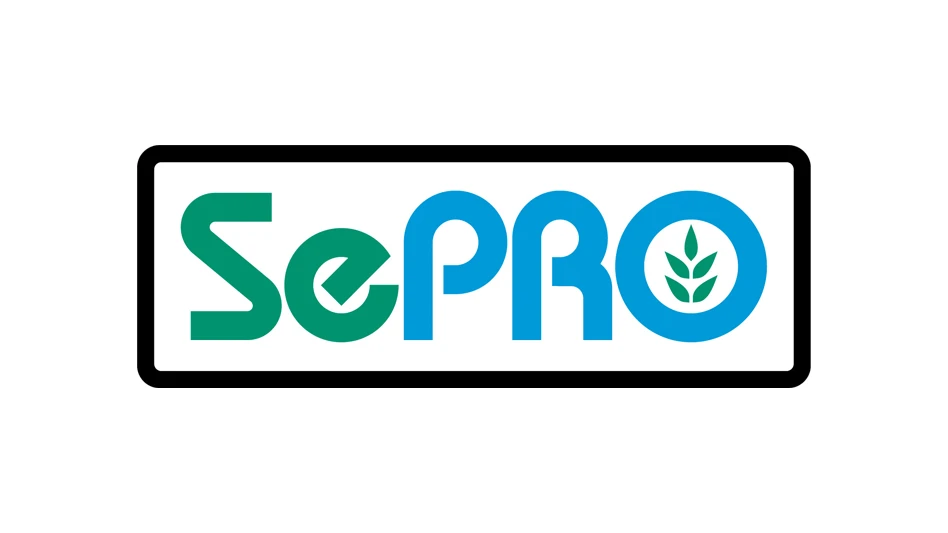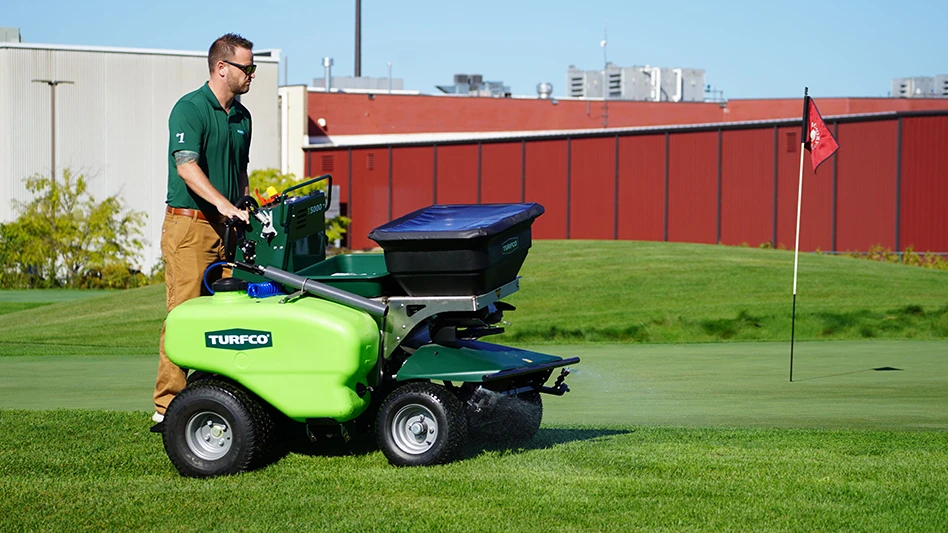
I think it is safe to say the State of the Industry survey following 2020 is more meaningful than it has been in years prior. I know I found the statistics from our facility to be eye-opening and hopefully I will learn from and use them to guide and shape future turf management decisions. Also, I hope the shot in the arm golf received from the pandemic continues to boost our beloved game as 2021 moves into spring.
Last year, rounds were up at our facility more than 27 percent compared to 2019. Our busiest month was April when we hosted 3,406 rounds. That was a 73.4 percent increase over April 2019. What makes those numbers even more outstanding is there were zero guest rounds and zero cart rounds. That’s right, April 2020 was walking only!
On top of that, April 2020 was our second-wettest month, with 7.24 inches of rainfall. Probably a good thing we were not permitting carts then as they all would have been stuck on the paths anyway. For the record, our walking rounds for the year were up 193 percent compared to 2019. The agronomy numbers from the State of the Industry shared this month show 36 percent of respondents stated handling cart wear and golfer traffic represented their biggest agronomic challenge, yet only 16 percent thought their course conditions were worse than in 2019.
We received numerous positive remarks about course conditions as the year progressed, and I always politely thanked folks for their sentiments even though I may have thought differently. When we allowed carts to return to the course in May, it was single-rider only and it stayed that way for the remainder of the year.
This brought numerous challenges to our head golf professional and his staff as the demand for play sometimes overwhelmed the supply of golf carts. As for how our course handled the traffic, the biggest thing I noticed was fairway definition was negatively impacted and reduced on the cart-path side of the hole vs. the other. Exit points did not require much mowing all year.
Forty-three percent of survey respondents rated bunkers as the No. 1 area that most suffered because of COVID-19 reductions, while a separate 43 percent said nothing suffered. I know at our facility the removal of bunker rakes meant there was more work for us to do each morning preparing the bunkers for daily play, but I did not hear much grumbling from players regarding the bunkers over the course of last year.
Only 11 percent of survey respondents said storms, flooding, wind or precipitation were their biggest agronomic challenge. I stated earlier that our busiest month was also one of our wettest. In fact, 2020 was the wettest year in my tenure and the wettest in Charlotte since 2003. We received just shy of 60 inches of rainfall in 2020 (59.71 inches) and the Queen City only averages about 42 inches!
This was the third consecutive year with more than 57 inches of rainfall and the yearly total is rising due to the increased number of large rain events, defined as more than one inch. It is not uncommon to find ourselves in the paths of tropical systems, but the past three years we have seen an increase in their frequency and magnitude. But it does not always have to be a tropical or named system to wreak havoc. In November, we had the third-largest single-day storm total in my tenure when more than four inches fell one morning due to an approaching cold front.
Back to our survey, the biggest challenge my crew faced last year was ... the crew! With COVID-19, there was always an apprehension about bringing someone new into our environment, but as spring turned into summer, the needs of the golf course won out. Locating, interviewing, hiring, training and retaining has become an industrywide challenge. Accomplishing those in a pandemic is the most difficult thing I have done in my career.
So, the year we all could not wait to end is in the rearview mirror and 2021 is no different in its early stages. We still do not have bunker rakes on the course and pool noodles still rest in the cups. Golf carts remain single-rider only and I am still trying desperately to keep my team safe.
But we now possess the experience from one year ago, and if we learned anything, I think it is that the turf can handle more than we previously thought. With a renewed sense of appreciation by our players for the game and the outdoor recreation it provides, maybe we can reduce some of that self-imposed pressure for perfection, because, after all, it’s just grass.
Get curated news on YOUR industry.
Enter your email to receive our newsletters.
Explore the February 2021 Issue
Check out more from this issue and find your next story to read.
Latest from Golf Course Industry
- Atlanta Athletic Club approves funding for master plan
- Maximizing Cultural Practices and Agronomic Benefits with Minimal Surface Disruption
- Real Answers about Spray Nozzle Choices
- From the Course to the Factory: How Customer Insights Drive Innovation
- New & Proven Enzyme Strategies for Sprayable Thatch Management
- Innovating Tomorrow: Wittek’s New Products & Industry Staples
- PBI-Gordon introduces new field development team
- The Cabot Collection announces move into course management





